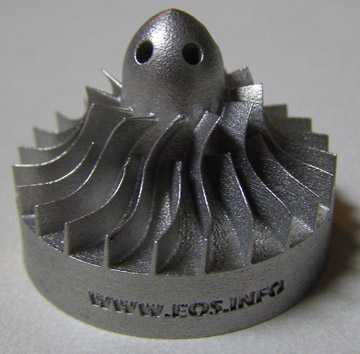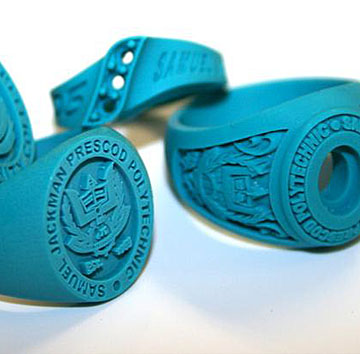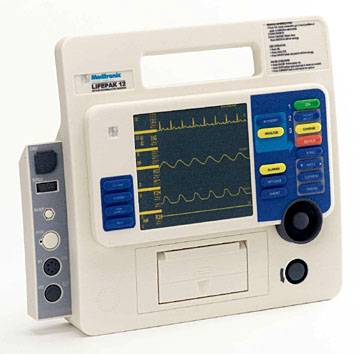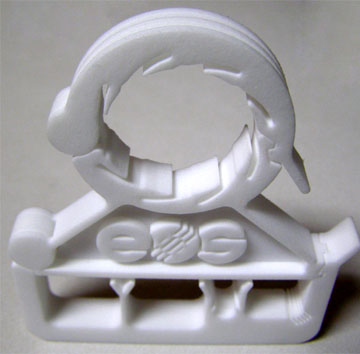Direct Digital Manufacturing
Contents
What is Direct Digital Manufacturing ?
Direct digital manufacturing is the process of going directly from an electronic digital representation of a part to the final product via additive manufacturing.
What is Additive Manufacturing ?
Additive Manufacturing also known as Additive Freeform Fabrication, Rapid Prototyping or Layered manufacturing is a technique for constructing 3D geometries directly from a 3D file. Historically 3D printing was widely knows as Rapid Prototyping because the technology was painfully slow yet faster than traditional tooling methods thus, the name rapid prototyping stuck.
Additive Manufacturing is a logical extension of 3D Rapid Prototyping. As the machines become faster, more reliable, economical and the materials from which they are capable of printing expands, the potential exists to begin to see widespread use of 3D printing to replace traditional manufacturing as a means of producing end products. In other words, the 3D model as printed on the addtivie fabrication machine is the final part or product.
Technologies
There are presently about 3D printing technologies. The oldest is LOM or Layered Object Manufacturing. The next oldest is Stereo Lithography. More recent technologies include SLS or Selective Laser Sintering, Jetted Model technologies (similar to an Inkjet), FDM or fused deposition modeling and many variations. All of these technologies build a product in a layered fashion by printing very thin layers one at a time on top of each other until the final geometry is manifested.
An easy way to think of how the technology works is to consider taking an object and placing it on a meat slicing machine. Set the slicer to the finest setting and begin slicing the part. The slices represent layers that when re-combined effectively reproduce the part. 3D printing takes a 3D model, slices it into layers in a computer and then send each layer to a 3D printer whcih prints successive layers until the product is effectively manifested as intended. Varying the layer thickness affects the model surface finish and many methods have been devised to improve surface finishes whcih are historically a tradeoff between speed; which is a direct function of layer thickness and print speed).
Is Anyone using Direct Digital Manufacturing yet ?
There are presently around 50 commercially viewable examples of 3D printing being used for tooling or intermediate parts. The technology is still in its infancy and the use is directly dependant on someones knowledge of engineering to design a part and effectively use the printing equipment thus; the growth of the market is, although fast at 33% annually or better according to Terry Wholers, still very slow compared to where it can be.
Future
The future of DDM is interesting. There are speculations that DDM will eliminate traditional manufacturing and that entire products as complex as a computer can eventually be printed. An alternative use of the technology is mass-customization. One company is leading the way of integrating the key technologies of 3D printing, the internet and Computer aided design is Digital Reality, Inc. a Technology startup company based in Austin Texas. Their premise is to let consumers design their own products in an intuitive manner since consumers 1.) don;t want to start from scratch to design their own product and 2.) Don;t know CAD software or engineering well enough to design their own products.






